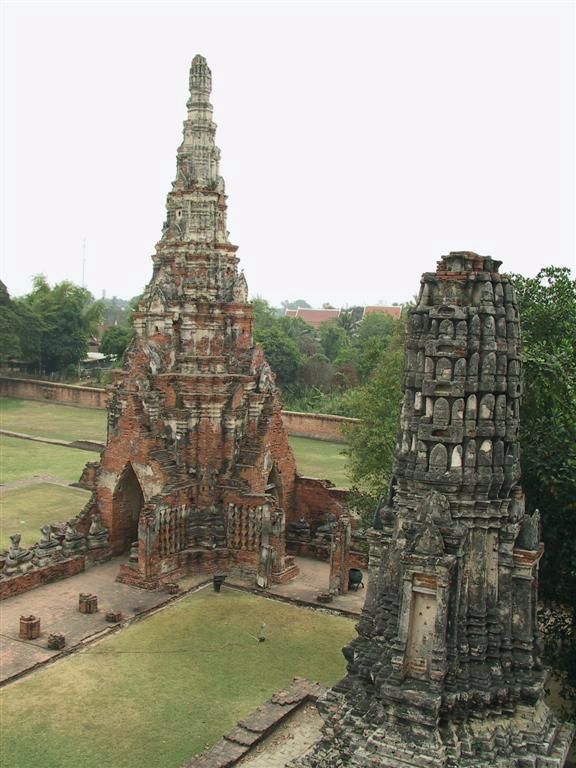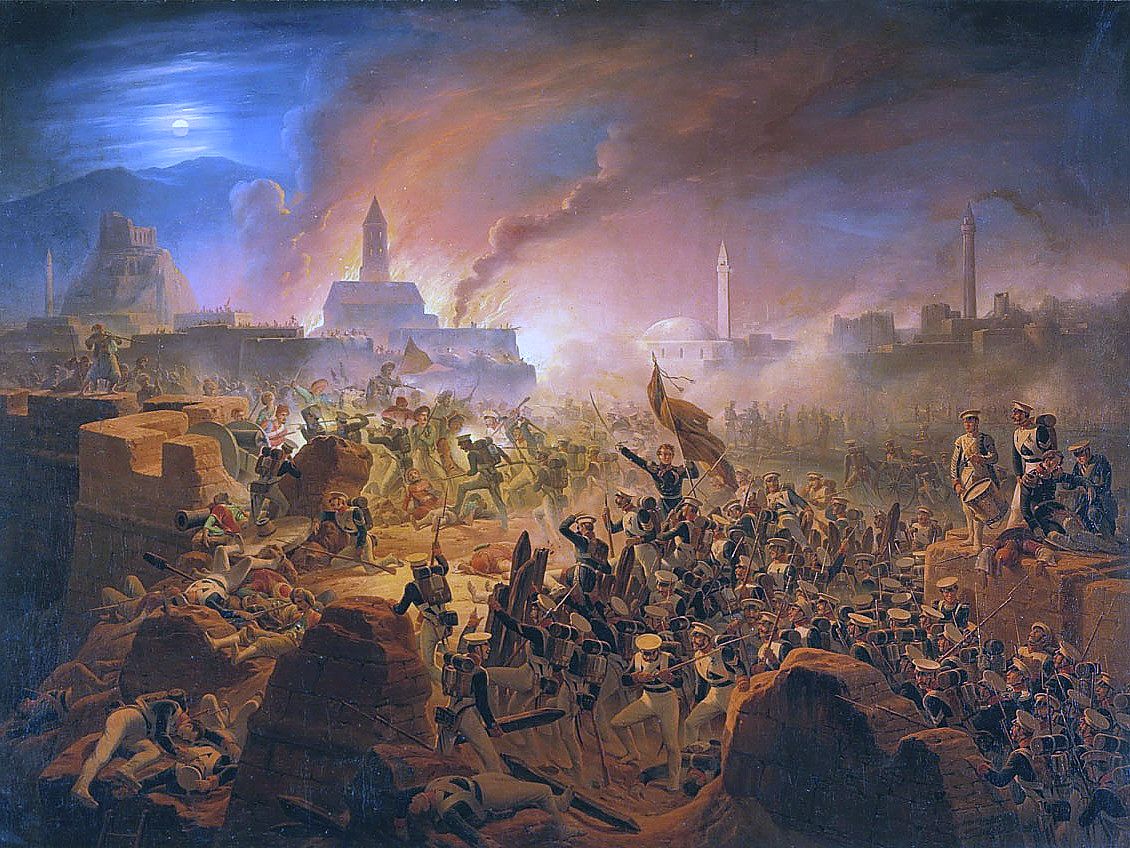|
Józef Pawlikowski
Józef Pawlikowski (1767 near Piotrków – 1828 in Warsaw) was a Polish noble (from an impoverished noble family) and political activist. One of the Polish Jacobins; secretary of Tadeusz Kościuszko in 1795 in France. An independence activist in Congress Poland Congress Poland or Congress Kingdom of Poland, formally known as the Kingdom of Poland, was a polity created in 1815 by the Congress of Vienna as a semi-autonomous Polish state, a successor to Napoleon's Duchy of Warsaw. It was established w ..., he was arrested in 1826 and died in prison in 1828. 1767 births 1828 deaths Polish Jacobins {{Poland-noble-stub ... [...More Info...] [...Related Items...] OR: [Wikipedia] [Google] [Baidu] |
Piotrków Trybunalski
Piotrków Trybunalski (; also known by #Etymology, alternative names), often simplified to Piotrków, is a city in central Poland with 71,252 inhabitants (2021). It is the capital of Piotrków County and the second-largest city in the Łódź Voivodeship. Founded in the late Middle Ages, Piotrków was once a Royal city in Poland, royal city and holds an important place in Polish history; the first Sejm of the Polish–Lithuanian Commonwealth, parliament sitting was held here in the 15th century. It then became the seat of a Crown Tribunal, the highest court of the Polish–Lithuanian Commonwealth. The city also hosted one of Poland's oldest History of Jews in Poland, Jewish communities, which was entirely destroyed by the Holocaust. The old town in Piotrków features many historical and architectural monuments, including tenements, churches, synagogues and the medieval Piotrków Trybunalski Castle, Royal Castle. Etymology and other names According to tradition, but not confirmed ... [...More Info...] [...Related Items...] OR: [Wikipedia] [Google] [Baidu] |
Warsaw
Warsaw, officially the Capital City of Warsaw, is the capital and List of cities and towns in Poland, largest city of Poland. The metropolis stands on the Vistula, River Vistula in east-central Poland. Its population is officially estimated at 1.86 million residents within a Warsaw metropolitan area, greater metropolitan area of 3.27 million residents, which makes Warsaw the List of cities in the European Union by population within city limits, 6th most-populous city in the European Union. The city area measures and comprises List of districts and neighbourhoods of Warsaw, 18 districts, while the metropolitan area covers . Warsaw is classified as an Globalization and World Cities Research Network#Alpha 2, alpha global city, a major political, economic and cultural hub, and the country's seat of government. It is also the capital of the Masovian Voivodeship. Warsaw traces its origins to a small fishing town in Masovia. The city rose to prominence in the late 16th cent ... [...More Info...] [...Related Items...] OR: [Wikipedia] [Google] [Baidu] |
Polish Jacobins
Polish Jacobins (or Huguenots) was the name given to a group of late 18th-century radical Polish politicians by their opponents. The group formed during the Great Sejm as an offshoot of the Kołłątaj's Forge, Forge of Hugo Kołłątaj (, and hence their alternate name of Huguenots ()), and later the Patriotic Party (). The Polish Jacobins played a significant part in the preparation of the 1794 Warsaw Uprising (1794), Warsaw and Wilno Uprising (1794), Wilno Uprisings during the Kościuszko Uprising. Under the name of Association of Citizens Offering Help and Assistance to the National Magistrate for the Good of the Homeland () they formed a political club (based on French Jacobin Club) which became part of the provisional government of Poland (Temporary Provisional Council, ). For their support for lynching supporters of the Targowica Confederation, they were abolished by Tadeusz Kościuszko, but as the uprising neared its defeat they were reactivated under the name of Association ... [...More Info...] [...Related Items...] OR: [Wikipedia] [Google] [Baidu] |
Tadeusz Kościuszko
Andrzej Tadeusz Bonawentura Kościuszko (; 4 or 12 February 174615 October 1817) was a Polish Military engineering, military engineer, statesman, and military leader who then became a national hero in Poland, the United States, Lithuania, and Belarus. He fought in the Polish–Lithuanian Commonwealth's struggles against Russian Empire, Russia and Kingdom of Prussia, Prussia, and on the U.S. side in the American Revolutionary War. As Supreme Commander of the Polish National Armed Forces, he led the 1794 Kościuszko Uprising. Kościuszko was born in February 1746, in a manor house on the Mieračoŭščyna, Mereczowszczyzna estate in Brest Litovsk Voivodeship, then Grand Duchy of Lithuania, a part of the Polish–Lithuanian Commonwealth, now the Ivatsevichy District of Belarus. At age 20, he graduated from the Corps of Cadets (Warsaw), Corps of Cadets in Warsaw, Poland. After the start of the War of the Bar Confederation in 1768, Kościuszko moved to France in 1769 to study. He r ... [...More Info...] [...Related Items...] OR: [Wikipedia] [Google] [Baidu] |
Congress Poland
Congress Poland or Congress Kingdom of Poland, formally known as the Kingdom of Poland, was a polity created in 1815 by the Congress of Vienna as a semi-autonomous Polish state, a successor to Napoleon's Duchy of Warsaw. It was established when the French ceded a part of Polish territory to the Russian Empire following France's defeat in the Napoleonic Wars. In 1915, during World War I, it was replaced by the German-controlled nominal Regency Kingdom until Poland regained independence in 1918. Following the partitions of Poland at the end of the 18th century, Poland ceased to exist as an independent nation for 123 years. The territory, with its native population, was split among the Habsburg monarchy, the Kingdom of Prussia, and the Russian Empire. After 1804, an equivalent to Congress Poland within the Austrian Empire was the Kingdom of Galicia and Lodomeria, also commonly referred to as " Austrian Poland". The area incorporated into Prussia initially also held autonomy ... [...More Info...] [...Related Items...] OR: [Wikipedia] [Google] [Baidu] |
1767 Births
Events January–March * January 1 – The first annual volume of ''The Nautical Almanac and Astronomical Ephemeris'', produced by British Astronomer Royal Nevil Maskelyne at the Royal Observatory, Greenwich, gives navigators the means to find longitude at sea, using tables of lunar distance. * January 9 – William Tryon, governor of the Royal Colony of North Carolina, signs a contract with architect John Hawks to build Tryon Palace, a lavish Georgian style governor's mansion on the New Bern waterfront. * February 16 – On orders from head of state Pasquale Paoli of the newly independent Republic of Corsica, a contingent of about 200 Corsican soldiers begins an invasion of the small island of Capraia off of the coast of northern Italy and territory of the Republic of Genoa. By May 31, the island is conquered as its defenders surrender.George Renwick, ''Romantic Corsica: Wanderings in Napoleon's Isle'' (Charles Scribner's Sons, 1910) p230 * February 19 ... [...More Info...] [...Related Items...] OR: [Wikipedia] [Google] [Baidu] |
1828 Deaths
Events January–March * January 4 – Jean Baptiste Gay, vicomte de Martignac succeeds the Jean-Baptiste de Villèle, Comte de Villèle, as Prime Minister of France. * January 8 – The Democratic Party of the United States is organized. * January 22 – Arthur Wellesley, 1st Duke of Wellington succeeds F. J. Robinson, 1st Viscount Goderich, Lord Goderich as Prime Minister of the United Kingdom. * February 10 – "Black War": In the Cape Grim massacre – About 30 Aboriginal Tasmanians gathering food at a beach are probably ambushed, shot with muskets and killed by four indentured "servants" (or convicts) employed as shepherds for the Van Diemen's Land Company as part of a series of reprisal attacks, with the bodies of some of the men thrown from a 60 metre (200 ft) cliff. * February 19 – The Boston Society for Medical Improvement is established in the United States. * February 21 – The first American-Indian newspaper in the United States, the ''Cherokee Phoenix'', ... [...More Info...] [...Related Items...] OR: [Wikipedia] [Google] [Baidu] |


